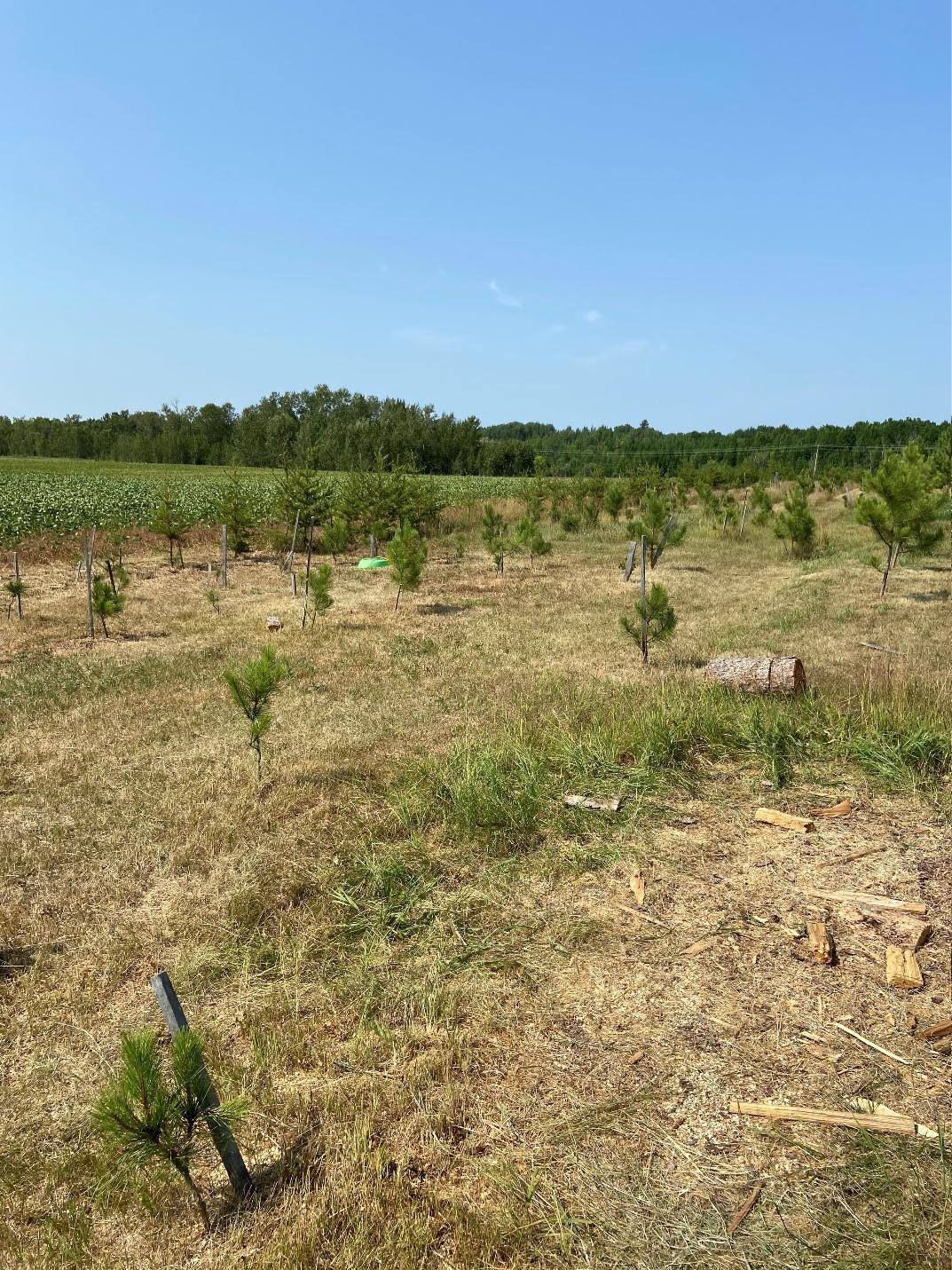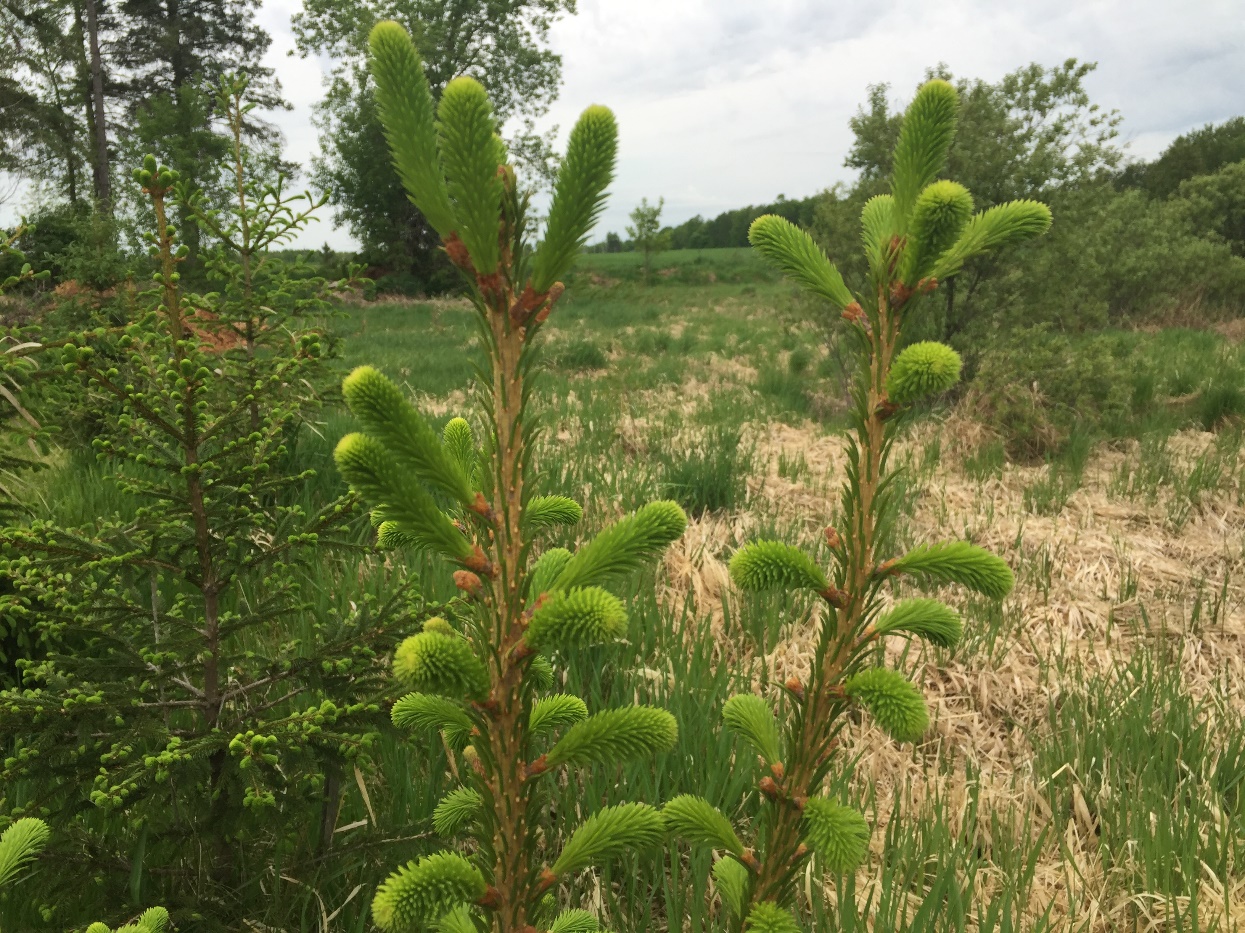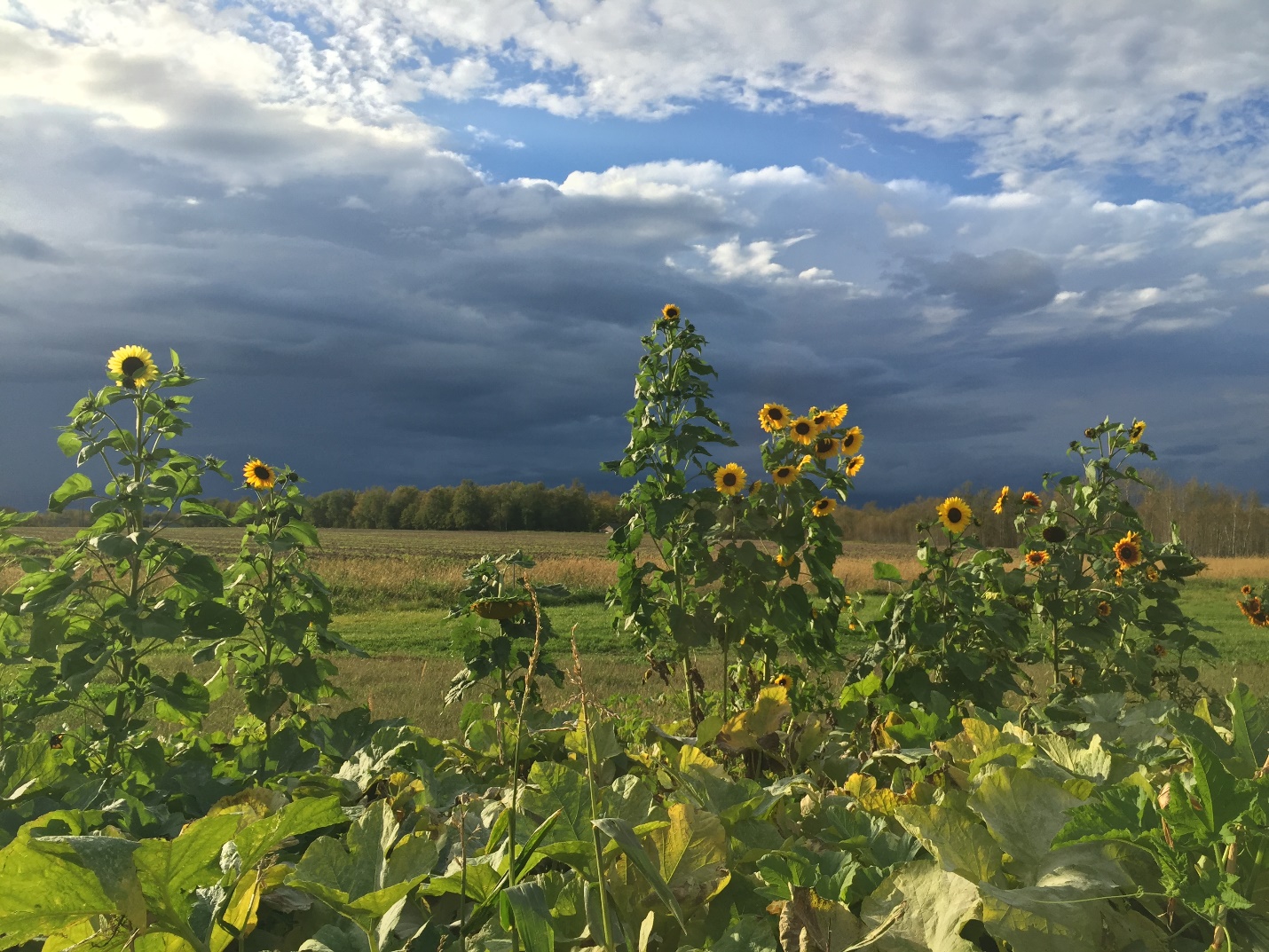Buying a 40-acre farm at an auction in our 20’s was just the start of our adventure. Optimizing this acreage to its full potential has taken two decades of hard work. In taking some time today to look both back and forward, despite being decades into this venture we still have not even come close to reaching this property’s potential. We’ve done a lot but there’s a lot more to do.
Our story started shortly after my husband, and I were married in our early 20’s. He was just a farm boy with southern Minnesota roots and me just a girl from the Northwoods. We both came from blue collar, hardworking families. Shortly after marrying we decided to pursue buying our present-day farm that was up for auction. We were newlyweds, with no kids and no tractor. Yet this farm with its large house, big outbuildings, fields, ponds and woods appealed to us and the life we dreamed to make. At the end of the auction the auctioneer shouted, “Sold!” Overnight we went from a very small economy starter house in town and became farm owners in a very rural area. I’ll never forget the handshakes, pats on the back from our strange new neighbors along with some inquiring looks as their eyes turned to this young couple, that big farm and the lingering question about what they were ever going to do with such a big place being so young.
I could write about many of our ventures and adventures, but the one theme that runs through most of our stories is our knack for entrepreneurship. One of our businesses that blossomed was selling fresh balsam fir Christmas wreaths. We could have never dreamed that selling a few wreaths door to door from the back of our pickup truck would lead to an ecommerce business shipping these decorations from coast to coast.
To maintain the viability of this fresh wreath business we must look forward today and plan wisely. Maintaining the sustainable harvest of our decorative materials used in making these wreaths is key to future generations continuing the business. Here’s how we put our property to work with our kids, our business and sustainability in the forefront of our mind.
40 acres is by no means a large farm. However, over time with the growth we’ve had in our businesses it does force you to maximize the land. We have maximized our land by putting some acres to use pasturing our livestock, a small section is leased to big farmer who grows wheat or soybeans, we planted a large windbreak of trees, our son grows a huge pumpkin patch, we have a large garden space but then we struggled with what to do with what appeared to be this large useless swampy area.
The McFadden’s Garden
For our windbreak we planted over 1,000 red pines. These seedings thrived in the sandy soil. Some spruce, jack pine and oak organically germinated in this windbreak too which gives it a little diversity. Back to those red pines, in time they will produce a hearty supply of pinecones which we will use in decorating our Christmas wreaths. Years down the road the timber from the tree itself can be sawn into lumber for building repairs and expansions.
We also interspersed some white pine in this windbreak. White pine has a nicer looking limb in our opinion that can be used as an accent in a fresh wreath. Utilizing small pieces of the white pine’s bough was a big part of why we wanted to include this species. They also produce an unique long cylindrical cone which can be incorporated on our different decorative pieces.
Part of the Windbreak

Back to that swampy area that had left us scratching our heads for a few years. We had some birch trees volunteer on a few high spots in this swamp but overall, they would not be a good choice for long term success. The soil was rich having been burned annually by our farm’s prior owner. After some debate, we opted for planting tamarack trees, spruce along the edge, underplanting balsam fir, adding more patches of red dogwood and nurturing any tree species that naturally volunteered. The tamarack seedlings have thrived with most growing over 12” a year. Tamarack will produce great firewood in the coming years for heating and has some of the highest BTUs available. The balsam fir we can utilize again in our fresh wreaths by lighting trimming the limbs (boughs). The red dogwood can be clipped as it matures to utilize as accents in our decorative pieces.
A seeding in the swampy area puts on new growth.

A good portion of our property in a very organic way has been set up to supply the future needs of our Christmas wreath company. True sustainability is avoiding the depletion of our natural resources and maintaining a balance. In time more and more of our pinecones can be harvested in our own backyard as well as the balsam fir boughs. In twenty years, we’ve come a long way, but we still have a lot of work to do. It’s been rewarding watching our seedlings turn into useful, sustainable, productive forests.
Written By: Jennifer McFadden
Jennifer & Samuel McFadden live with their 5 kids in rural northern Minnesota. Together on their family farm they operate, Jen’s Wreaths. They handcraft fresh balsam fir holiday wreaths seasonally from October – December each year. You can view and shop their fresh wreaths at www.jenswreaths.com.
